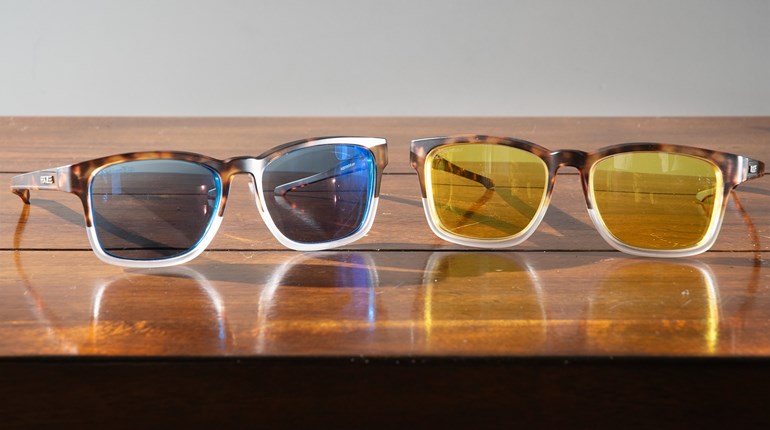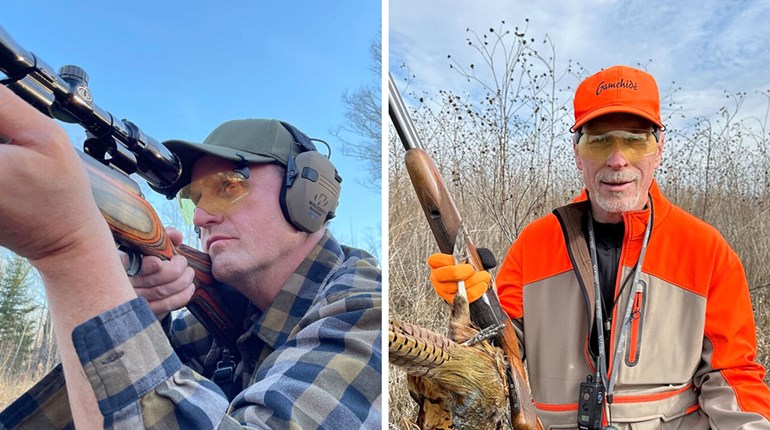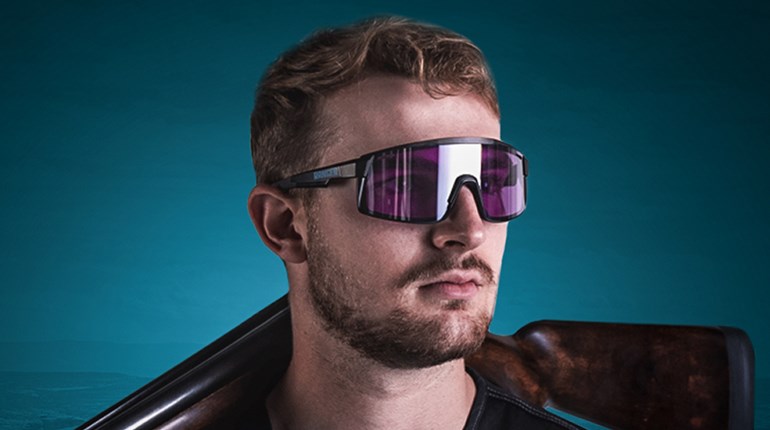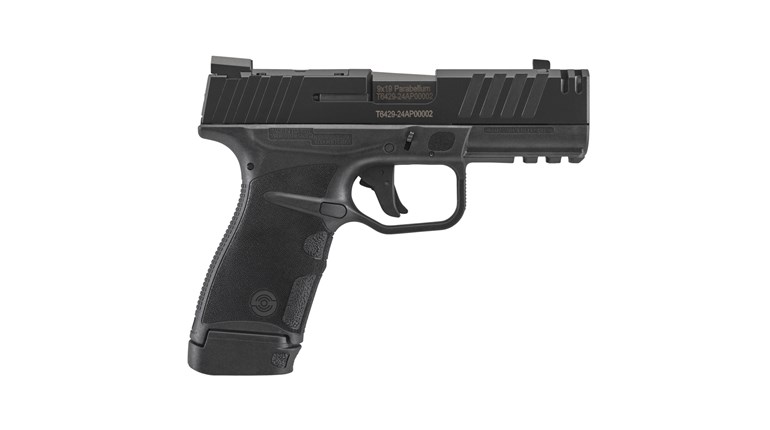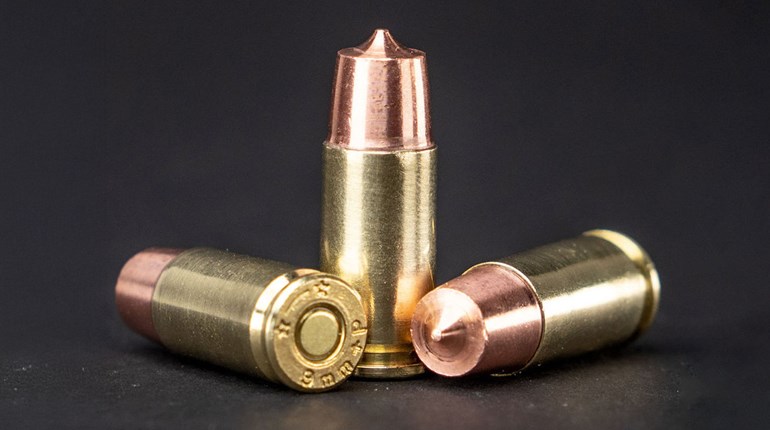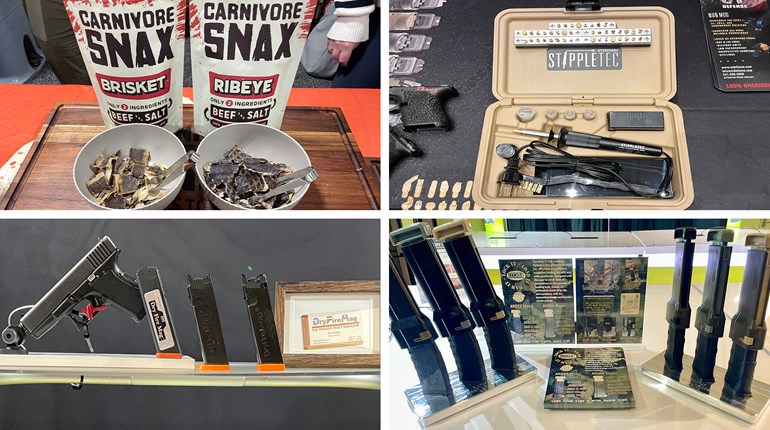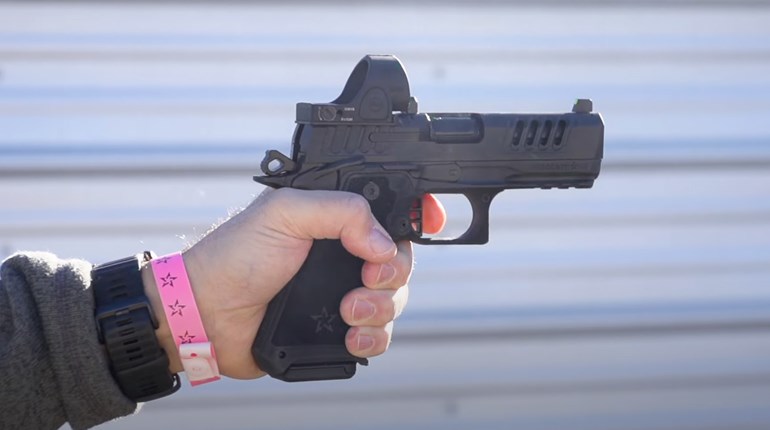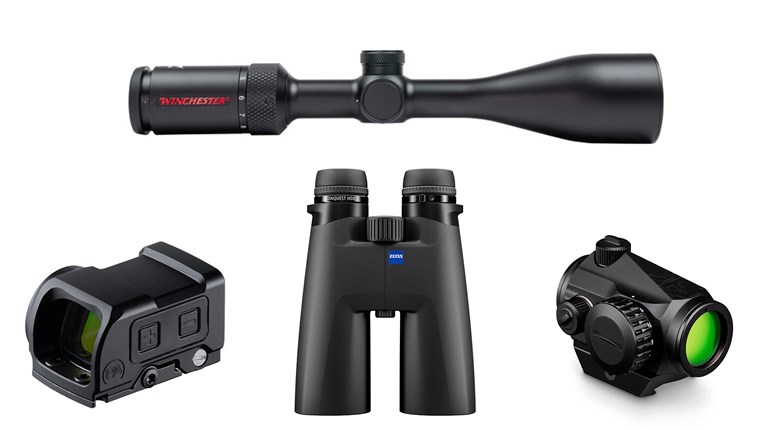
The role safety glasses play is a critical one and shouldn’t be relegated to a disposable afterthought. Going with quality isn’t cheap though, so Shooting Illustrated caught up with industry experts and asked what enthusiasts should look for in eye protection, and if it is worth investing a C-note—or more—in one of their models.
“From a protection standpoint, an easy thing to look for is to see if it meets the U.S. industrial standard for eyewear, ANSI Z87.1,” said Evan Olson, product manager at Revision. “If so, the eyewear should have a marking on it with ‘Z87+,’ the plus sign indicating it’s rated for impact protection. Not only does this standard have requirements for impact protection, but it also designates general design requirements, minimum coverage area—it doesn’t matter how durable the eyewear is if it doesn’t cover your eye—and optical specifications.”
“The most important feature to consider is protection,” Wiley X Director of Outdoor Sales Roseann Difu said. “All Wiley X adult eyewear provides ballistic protection and meets the highest level of ANSI; ANSI Z87.1+ High Velocity, and High Mass Impact, with select models meeting mil-spec.”
“Any eyewear needs to have some level of shatter resistance,” according to Matt Crawford, spokesperson for Grayman and Company. As for the urge to simply wear those common reading or prescription glasses, he warns, “It can be worse to have eye protection without shatter resistance than to no eyewear at all.”
“There’s never a reason to put your eyesight at risk,” according to Shawn Skipper, Leupold industry relations manager. “Leupold’s Performance Eyewear line offers multiple styles with a full ballistic rating so you can protect your vision and still choose a frame that fits your personal tastes.”
Understated Peril
“Look for glasses that add UV protection and that are scratch resistant,” Crawford advises, adding, “Not all lens material is both impact resistant and scratch resistant.”
Magpul versions also wear coatings that block UVA and UVB rays, according to Scott Creed, director of marketing for the company. He notes when it comes to his company’s lenses, “They are also oleophobic”—a measure of the lens’ ability to resist fingerprint smudges.
Difu’s company also puts an emphasis on preventing sun damage. “All Wiley X lenses provide 100-percent UV protection, which is a critical element,” she added.
Clarity
“Look for eyewear that has an ABBE value—a measure of the lens material’s dispersion of light—above 45,” Crawford advised. “There are some lens materials that have great impact resistance but offer very little in the way of clarity.”
“Polarized lenses are far superior to non-polarized lenses in blocking glare from the sun, as non-polarized lenses lack the filter to block glare,” Difu said. “However, not all polarized lenses are created equal. There are basic polarized lenses, and then there are color-enhancing polarized lenses. Wiley X’s patented CAPTIVATE is a color-enhancing polarized lens.”
“If you’re shooting into the sun or near reflecting glass or near water, all that glare is going to affect your vision,” Crawford concurred. “Polarization can help define depth, so, yes, it’s a great idea.”
Comfort
Companies have gone out of their way to eliminate discomfort and the accompanying urge to take them off. Crawford said in general that shopping for lightweight versions with all the necessary features is often the best alternative.
“Overmolded rubber pads on the nosepiece and the temples mean that Magpul eyewear can be worn all day comfortably, even under headgear,” Creed notes. “Wiley X eyewear is purposely designed to provide exceptional peripheral protection while maintaining a lightweight fit,” according to Difu.
Style
“Some folks just want a set of protective eyewear that can live in their range bag, others want something that they can wear every day,” Skipper said. “Our Packout and Switchback frames, for example, meet the ANSI Z87. 1+ ballistic rating and have an ‘everyday’ look to them.”
“We make both casual models for all-around use and performance models with a Z87+ impact rating,” Creed said. “Both have specialized lenses for visits to the range.”
Olson noted there’s an even more stringent rating possible. “We take protection one step further by going beyond ANSI Z87.1 and meeting the U.S. Army’s requirement for protective eyewear, MIL-PRF-32432A,” he said. “This standard has ballistic testing designed to simulate shrapnel from an IED—meaning that it can take a higher energy hit than standard Z87+ [rated] eye protection.”












